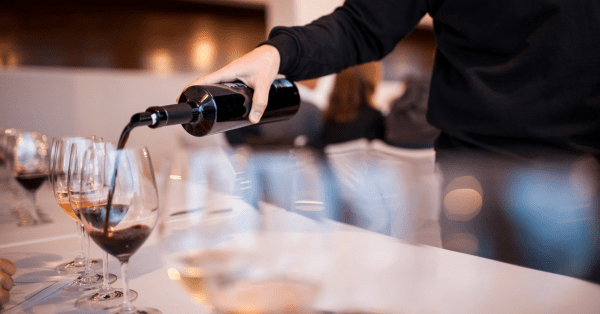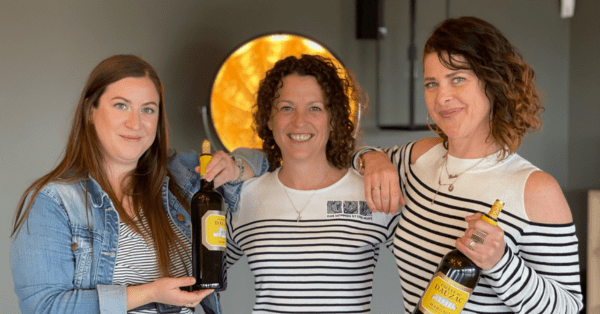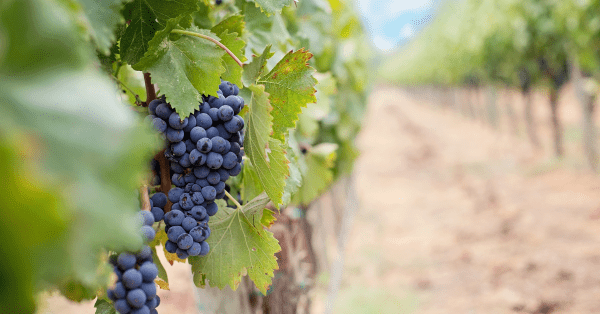How to Taste Wine – The Stages of Wine-Tasting
You open a bottle, you pour the wine, you raise the glass, you taste it. Simple, right? There’s actually a bit more to it than that. To get the most out of tasting wine, if you take a more methodical approach, you can better describe and appreciate each wine’s unique qualities. The three main aspects to consider are: appearance, nose and palate.AppearanceThe main characteristic is color, but it’s not just red, white or rosé. Grape varieties have different color characteristics, varying in intensity and hue (color shade). For example, white wines range from pale straw yellow, through to the rich deep yellow, gold color of a sweet Sauternes,
Read More









